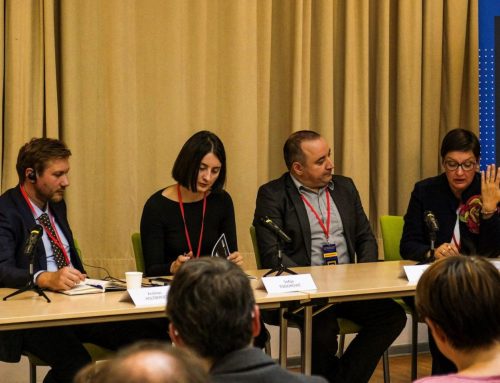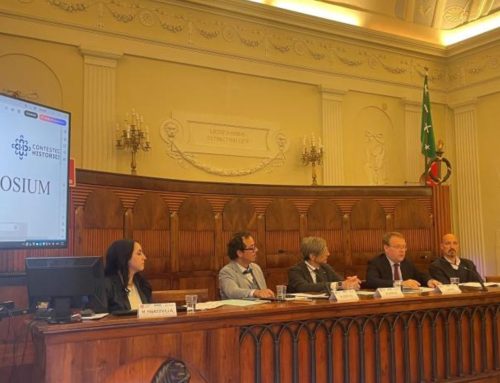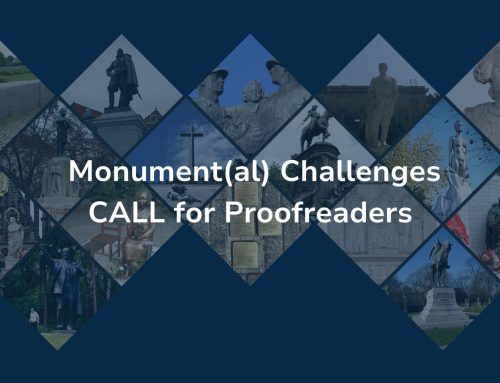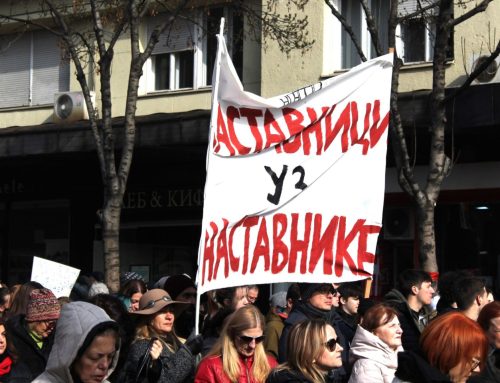The workshop was aimed at introducing a multi-perspective approach to teaching History. The majority of participants were History teachers from the Southern region of Kyrgyzstan and Naryn region. The activities conducted during the workshop demonstrated several issues that seem important for the future development of pluralism in the education of Kyrgyzstan.
- All of the participants were eager to acquire new pedagogical methodologies and techniques. They are certainly not satisfied with traditional ways of teaching and understand the necessity of students’ active involvement into the learning process.
- The majority of participants were also asking about teaching so called “difficult” issues that mostly concern the colonial past, revolutionary events, and riots of 1916. It is obvious that teachers face a lot of problems in the classrooms discussing these topics. It is understandable that teachers’ interest in new methods of teaching is closely connected to these teaching difficulties. This interest provides a lot of potential for the successful implementation of new teaching approaches.
- In spite of number of a participants’ statements welcoming pluralistic point of view, the observations of workshop discussions showed that the understanding of historical processes and events in Kyrgyzstan remains completely “ethno-centric”. An episode with a guide from the Sulaiman-Too was especially demonstrative. The very mentioning of Uzbeks presence and their role in cultural development of the Osh area caused a kind of scandal and many aggressive objections from most of participants. Aspects of this discussion showed that the memories and of 2010 events are still extremely traumatic and current interpretations of them may cause obstacles to the implementation of a pluralistic approach. This point should be taken into consideration during the preparation of the next steps of further project activities.
Summarizing these observations, it is possible to conclude that the development of a multi-perspective methodology of History teaching in Kyrgyzstan is a promising project. In the middle of the current struggle between “ethno-centric” and “civic” understanding of Kyrgyz identity, the implementation of this educational approach could become one of the main instruments of building a pluralistic understanding of citizenship and national history of the Kyrgyz Republic. The discussions during the workshop sessions and in the couloirs evidently confirm that right now this is a perfect timing for History Curriculum reconsideration. Furthermore the Curricula reform is now an on-going process and new documents for piloting are required for the start of 2018 academic year.
Nina Bagdasarova












